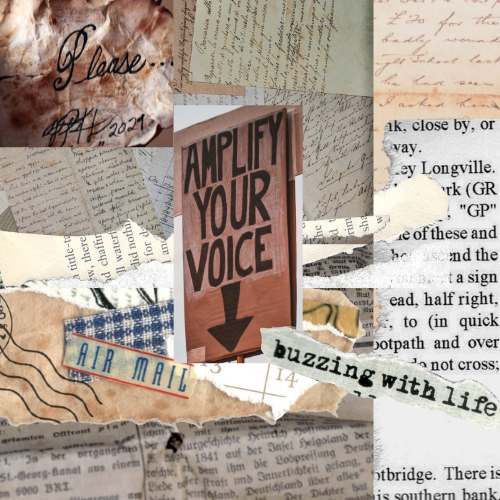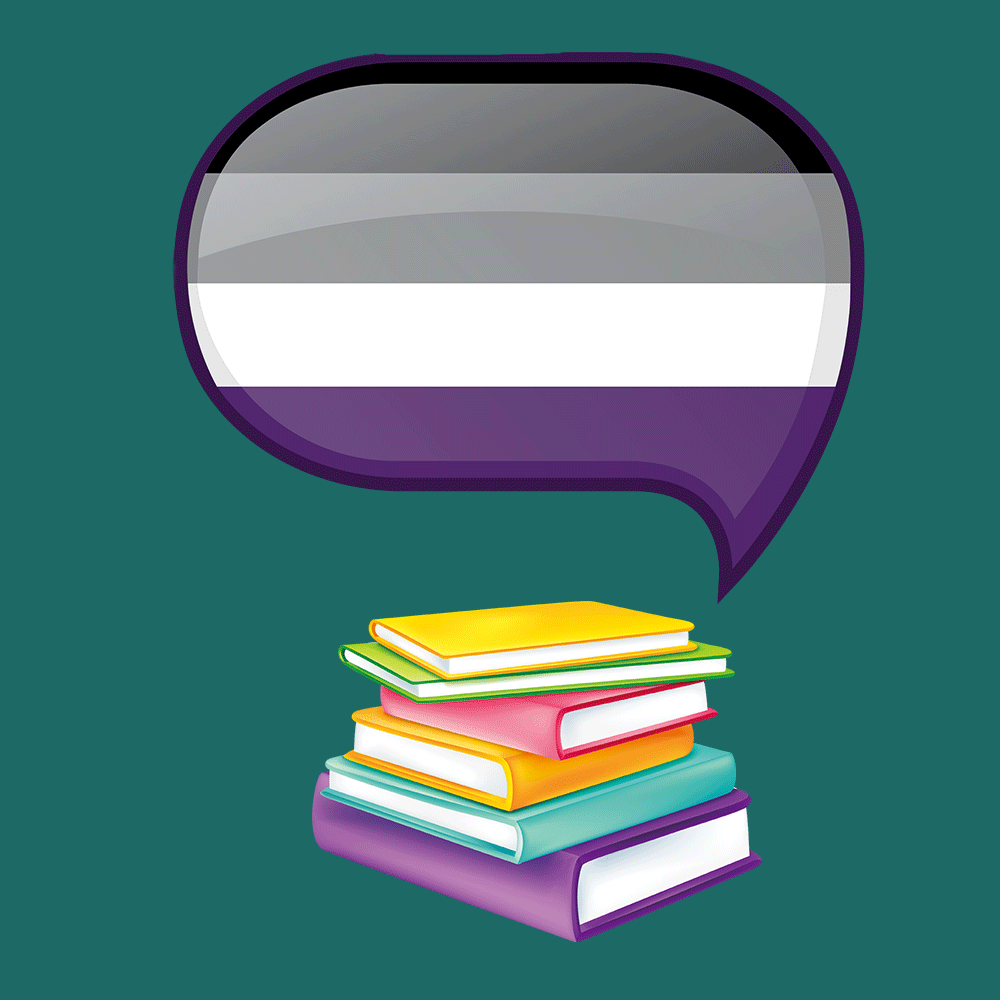Amplifying Black Authors and Voices
Readers have the power to maintain a high level of diversity within the books they consume. Being on social media platforms, such as TikTok and Instagram, offers unlimited access to Black authors and voices who promote books that have representation of Black, Indigenous, and People of Color (BIPOC) characters and storylines.



